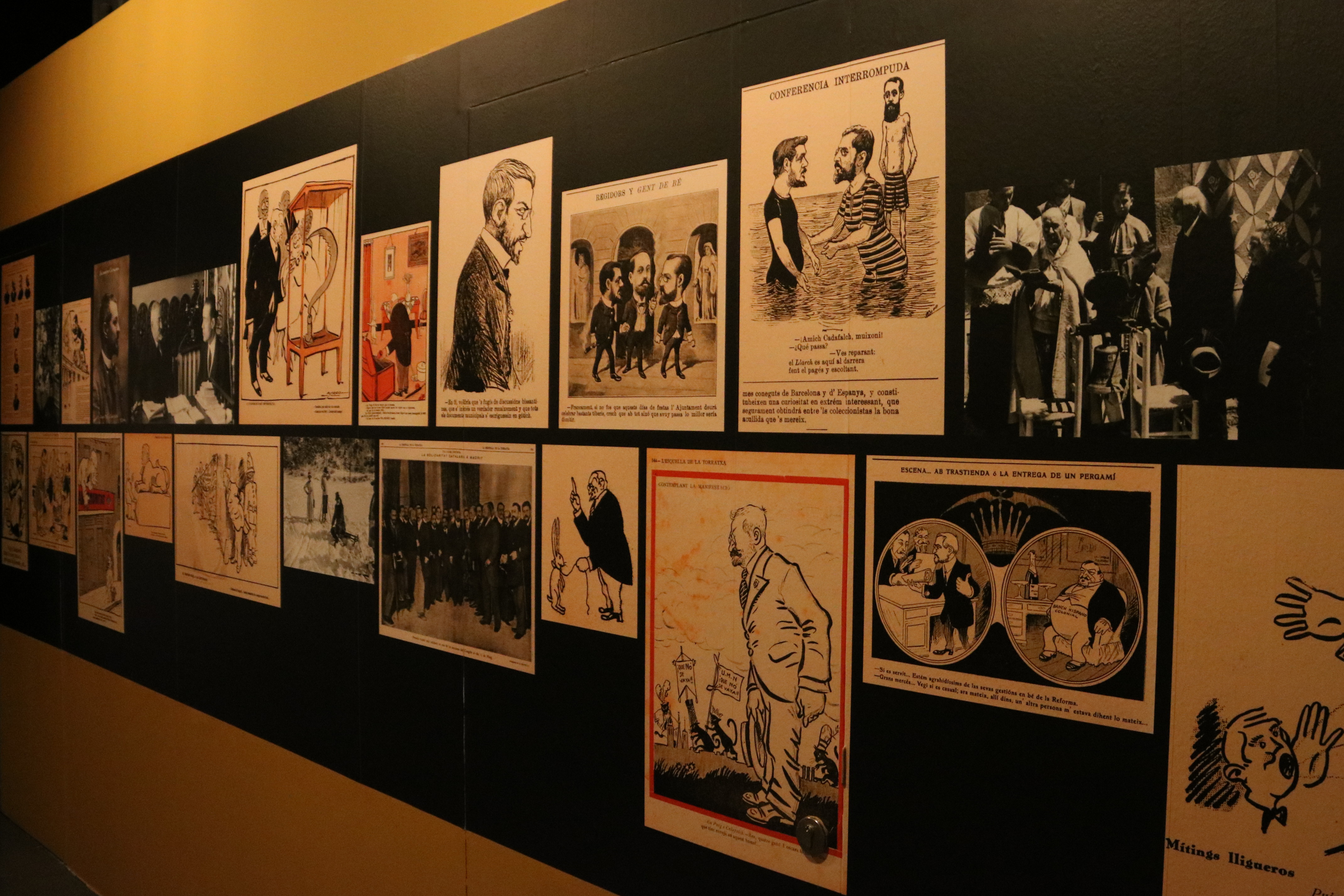Puig i Cadafalch, architect to Catalonia: exhibit explores modernism icon
Architect, politician, and much more, Josep Puig i Cadafalch is featured at the Catalan History Museum

Modernism, with its whimsical shapes and vivid colors, is one of Barcelona’s defining elements. Those taken in by its unique aesthetic have architect Josep Puig i Cadafalch to thank, and now, a new exhibit at the Catalan History Museum aims to show even more, open until April 15 2018.
2017 marks a century and a half from Puig i Cadafalch’s birth in 1867, and the whole year has seen homages to him. This display, called ‘Puig i Cadalafch, Architect to Catalonia’ aims to show viewers a panoramic of the artist’s complexity. Indeed, not only was he very active as an architect, he also acted as an urban planner, journalist, archeologist, art academic, politician, and cultural coordinator. As co-curator of the exhibition Eduard Riu-Barrera pointed out, the display aims to show visitors a “panoramic view of this great complexity, of this diversity of this character.”
The history of Catalonia through a lifetime
The connecting narrative in the whole experience is Puig i Cadafalch’s own life story, reflects the history of Catalonia itself – for instance, his presidency in the Commonwealth of Catalonia, the Mancomunitat, Catalonia’s first self-governance institution in 200 years. Co-curator Mireia Freixa explains how Puig I Cadafalch is a “very rich character” who had a “role as important as being president of the Mancomunitat of Catalonia,” as well as “living through the dictatorship of Primo Rivera, the Civil War, and exile.”
The display features items from Puig i Cadafalch’s personal collection, kept at the National Archive of Catalonia. Visitors will also be able to see a reconstruction of the architect’s study, various sketches, as well as fragments from the ornate corners of the city he designed. Additionally on display are furniture, objects, and decorations from the iconic cafe Quatre Gats, the geometric charm of Casa Amatller, and the towering spires of Casa de las Punxes. Not to mention, memorabilia from his time as a politician, even personal effects, to show museum-goers more of what Puig i Cadafalch was really like.